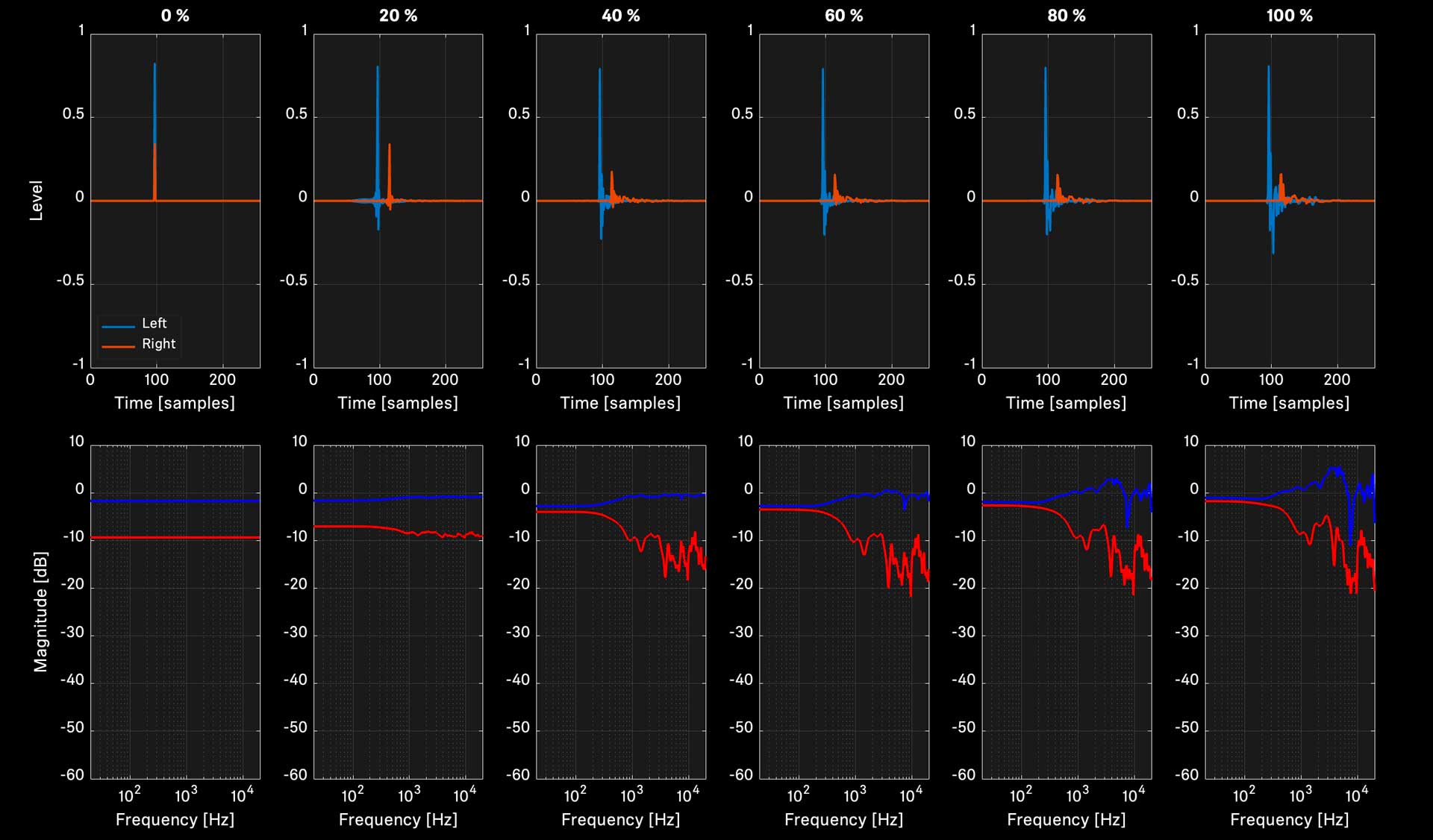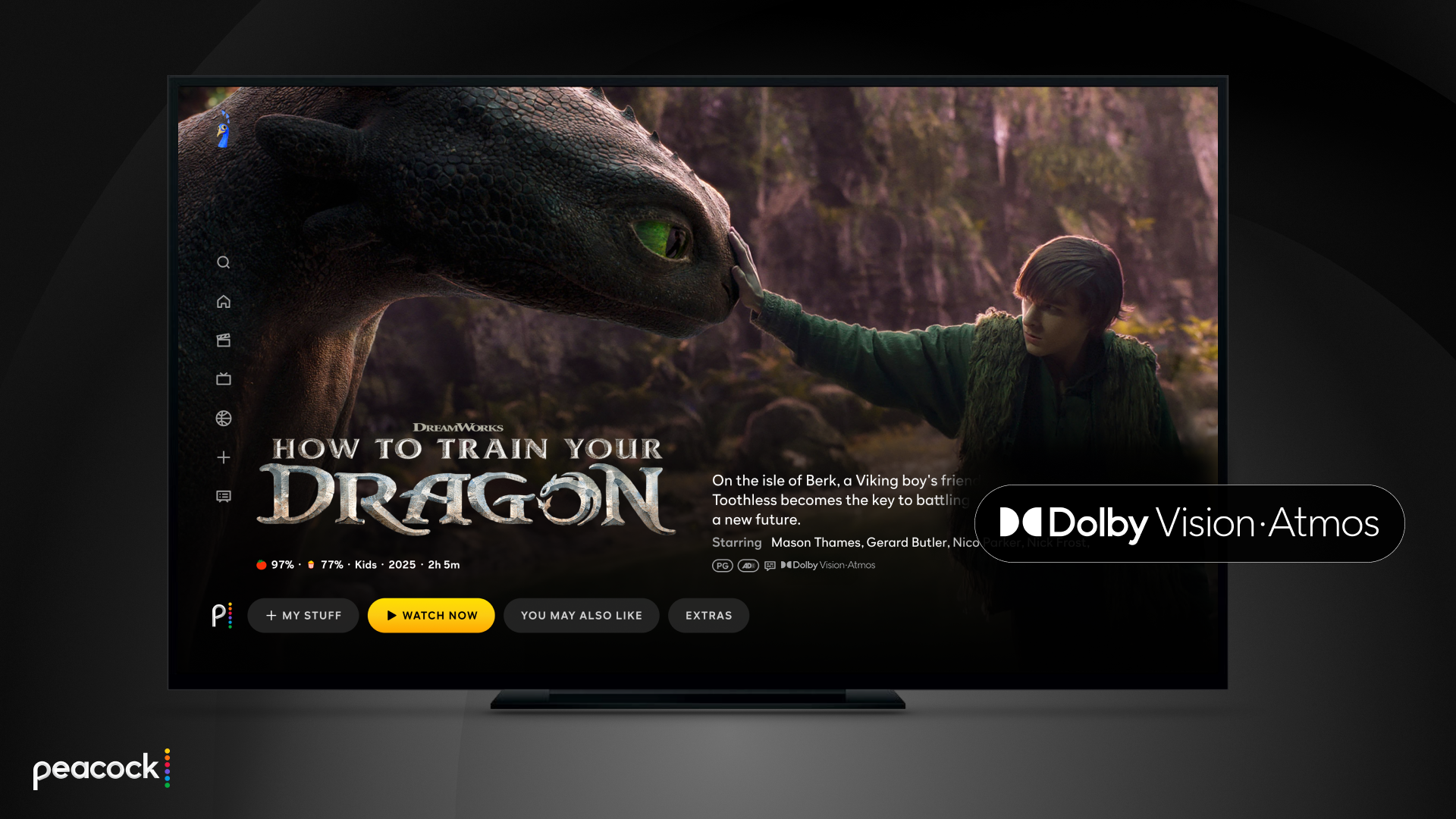Stranger Things S4 sounds better thanks to Sennheiser's ever-morphing Ambeo
Sennheiser’s Ambeo is now a breed of stereo soundtrack on Netflix. What's going on?
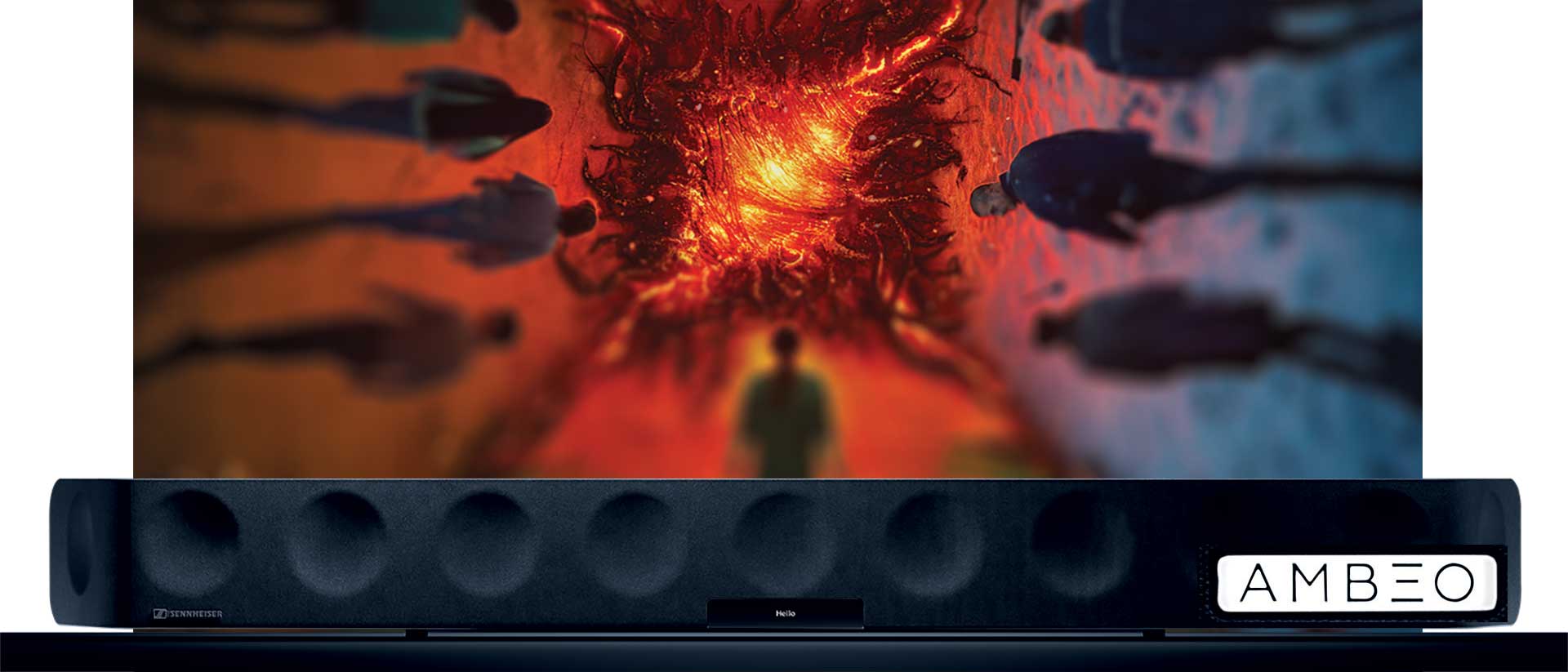
Every time I write about Sennheiser’s Ambeo, it changes tack.
The first time I heard the word, it was being used in relation to some sumptuous nine-channel music recordings. Sennheiser’s ‘tonmeister’ and sound engineer Gregor Zielinsky was pioneering music recordings in 9.1, and he spent several years demoing and advocating this recording technique at expert meetings and (pro) audio conventions, culminating with open demonstrations at CES 2016 in Las Vegas, and elsewhere.
This variation of multichannel audio was designed more for use with music than movies, and it required replay on a 9.1-channel loudspeaker system. Against the obvious competition, it never seemed destined for greatness, and sure enough multichannel music has, like multichannel movie soundtrack streaming, become dominated by Dolby Atmos presentations (in varying degrees of quality).
This form of Ambeo in 9.1 found an early application in event audio. It was used for a travelling David Bowie exhibition in 2015, and later for a Pink Floyd exhibition at London’s V+A Museum, which included an Ambeo mix of Floyd’s awkward ‘Live 8’ reunion between Roger Waters and the rest of the band.
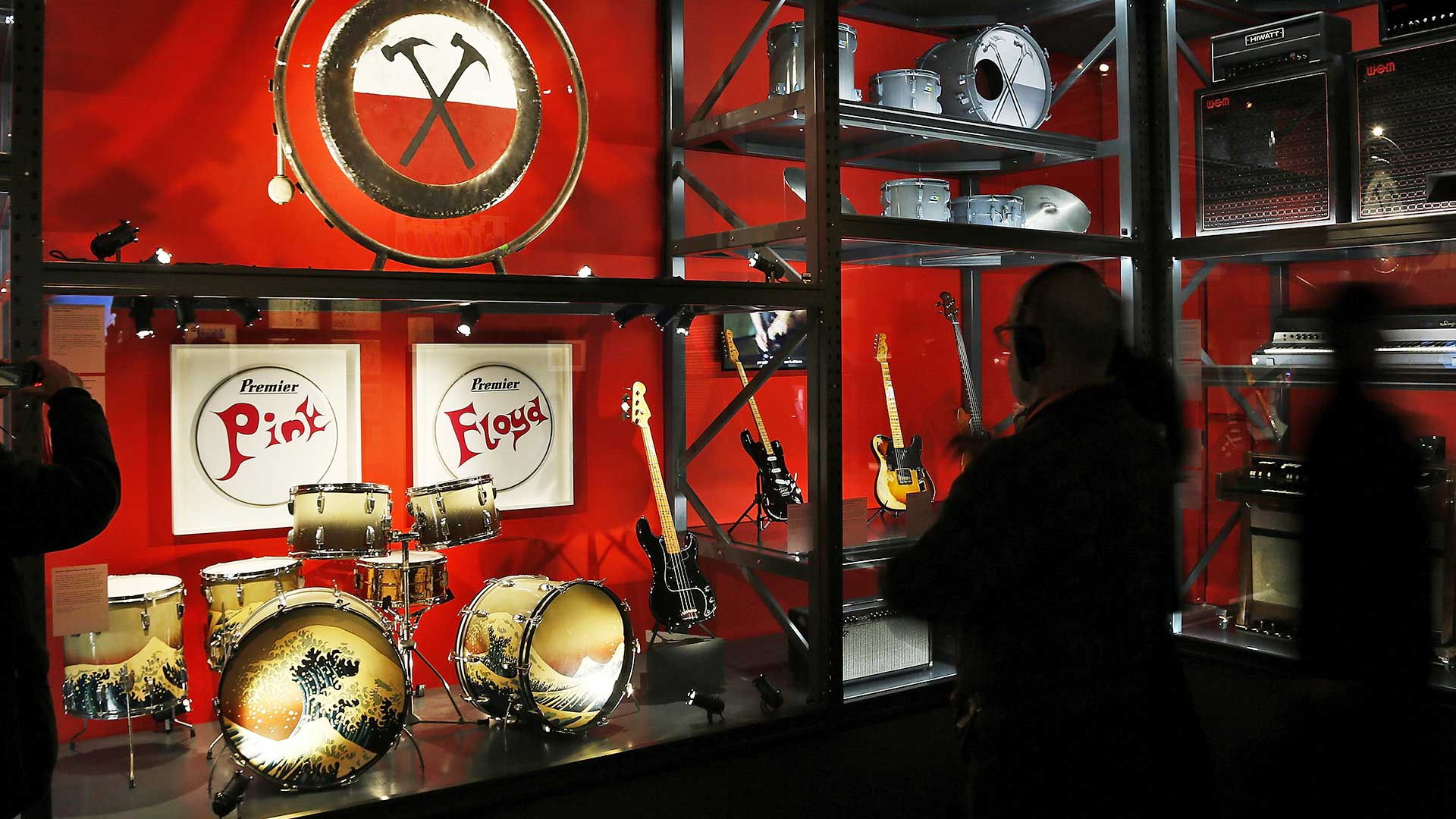
VR and 360 audio
But by the time Zielinsky was conducting his CES 2016 demonstrations, Sennheiser was already shifting emphasis to “a strategic focus on 3D immersive audio”, seeing the rise of virtual reality and 360 video as key markets for a wider definition of immersive audio.
Those applications would seem to be the very antithesis of loudspeaker-based multichannel reproduction, requiring two-channel headphone delivery of an immersive environment, able to track or match video movement. ‘Ambeo for binaural’ was the concept, “for easy on-the-go headphone reproduction”.
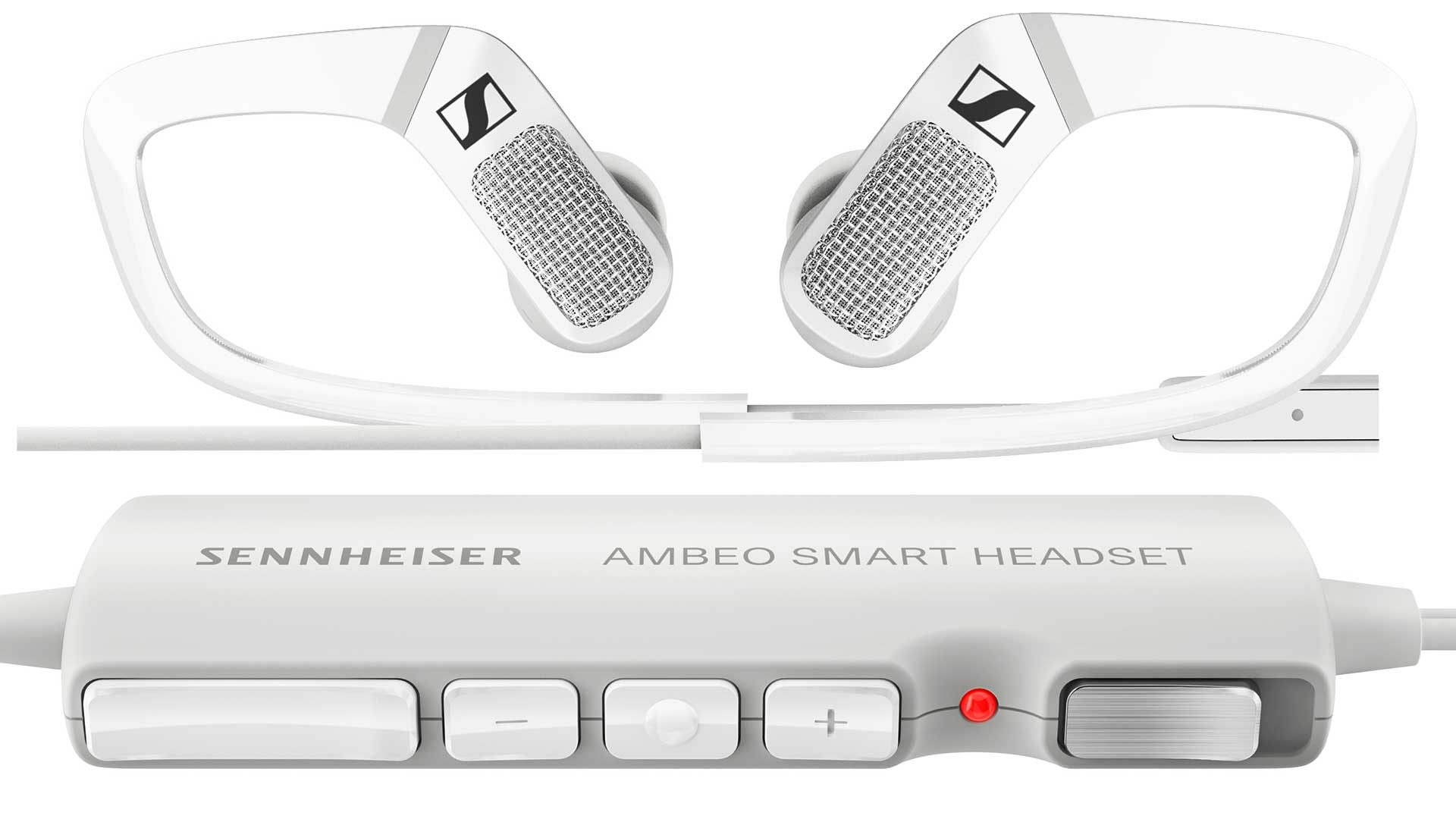
In 2017 the company created an Ambeo Smart Headset, with which you could make binaural recordings straight to your iPhone using earbuds with built-in microphones.
The latest hi-fi, home cinema and tech news, reviews, buying advice and deals, direct to your inbox.
I managed to run off with a pair of these, handed over by Dr Andreas Sennheiser himself at a Global Conference for Berlin's IFA exhibition in 2017; they weren’t brillant as playback earbuds but the recordings they made were sensationally immersive, and when played back on decent headphones, preferably eyes closed, they transported you into the recordings.
I confess I ultimately found them limited as a recording tool – no use for recording, say, a band, as they don't focus directly ahead, and you daren't move your head for the duration of the recording!
But for a professional, recording alongside a moving camera, the Smart Headset was a brilliant device.
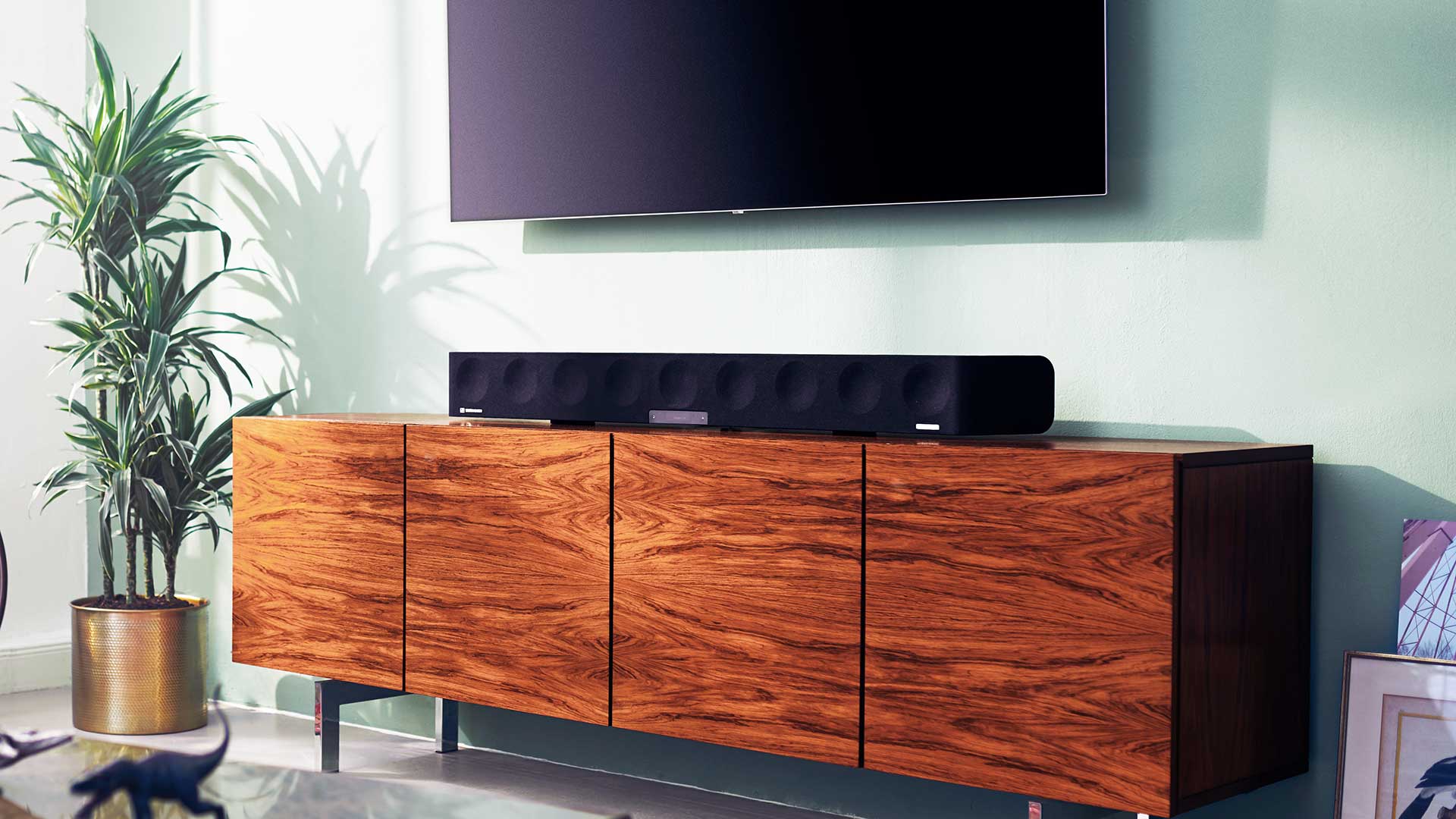
The soundbar
For our consumer audio focus here on Sound+Image and What Hi-Fi?, however, the Ambeo name has most directly been related to the extraordinary Sennheiser soundbar of that name.
In development (and leaked) for years before its launch in May 2019, the Ambeo soundbar was one of the first to take this breed of TV audio unit to a new level, and to do so without the use of a separate subwoofer. It doesn’t need one – it sounds massive, and more successfully delivered a surround effect from a front-only bar than anything we’d ever heard before or have heard since.
There have long been rumours of a smaller sibling to the original soundbar, but this was put in doubt after Sennheiser made the shock announcement last year that it was selling its entire consumer division – yes, all its consumer headphones, the soundbar, everything – to Sonova Holding AG, a Swiss-based medical hearing company which now manufacturers Sennheiser headphones in Ireland.
We’ve been asking for an interview with Sonova ever since that happened, to discover their plans for how the brand will diverge or maintain integrity, but the representation in Australia now seems too disjointed for this to be achievable.
This is all further muddied by the recent news that Neumann, which is part of the Sennheiser Group, has taken over Merging Technologies, a Swiss manufacturer of high-end digital audio gear best known for its development of the DXD format. (DXD was created to overcome the challenges in editing and mastering pure DSD, doing so by turning it into PCM chunks, so that, er, it isn’t pure DSD any more.)
But some of Neumann’s personnel, including Markus Wollf, were involved in the development and tuning of the original Ambeo soundbar. So where would such development of a second soundbar even happen: Germany, Ireland, Switzerland, and by which company?
Nevertheless a possible Ambeo Junior was quietly mentioned at a UK Sennheiser briefing earlier this year. So it could yet happen; indeed our UK colleagues seem to be fully expecting it. [UPDATE 2/8/22: And here it is!]
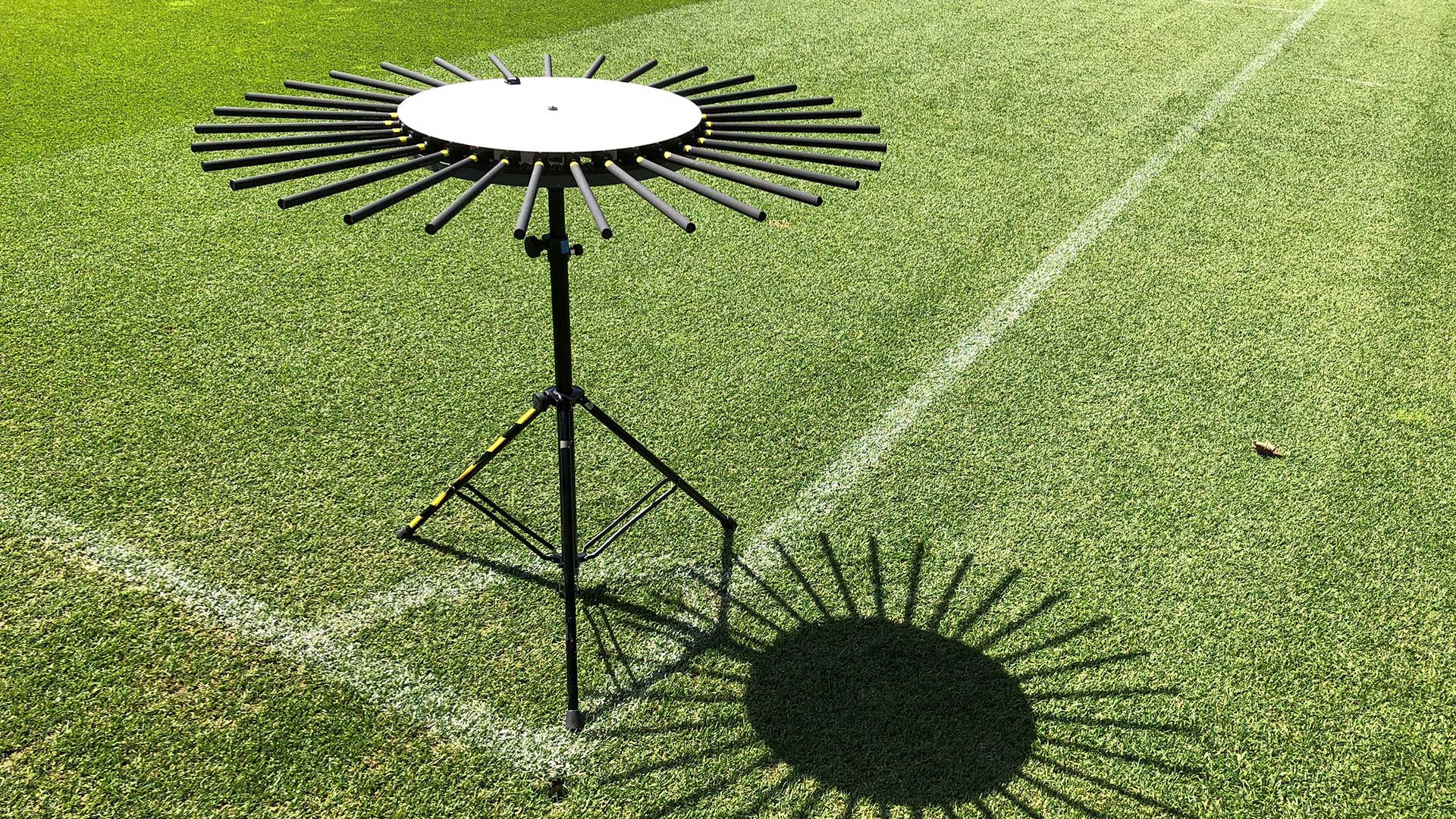
Ambeo didn’t stop there. At another IFA Conference in 2020, we interviewed the man who at the time was in a position to be called Mr Ambeo, Sennheiser’s Uwe Cremering. (He has since left to become CEO of iF Design.) He was enthused about 3D audio’s application to sport, and told us about Sennheiser testing microphone arrays (pictured above) that could use real-time player data to track the action around a field and record close-up sports audio to be replayed in 3D.
But we did take the opportunity to suggest to Mr Cremering that Ambeo as a concept seemed to be jumping from pillar to post, sometimes multichannel, sometimes 3D audio from two channels, sometimes music, or sport, or VR… His answer was a useful clarification.
“Ambeo actually is a listening experience,” he said. “It’s not a codec, it is not a dedicated product line, it’s a kind of listening experience. We saw immersive audio as a trend and decided strategically that we will invest in 3D audio technology. We identified five business areas where we would like to be active in the future. There’s sports broadcast, augmented reality, virtual reality, listening, and 3D recording. And whenever we do this, we come from a holistic point of view. So, we would like to cover the entire chain from the recording to the mixing to the listening part.”
Welcome Ambeo for Stranger Things
Now we have a brand-new Ambeo application, with the announcement that an Ambeo 2-Channel Spatial Audio renderer will be used on selected Netflix stereo soundtracks. You can find them by searching Netflix for ‘Spatial Audio’.
And it's hard to imagine a more prestigious debut – this breed of Ambeo is making its first appearance on no lesser material than Stranger Things Series 4.
The basic idea is to take a full surround mix in Dolby Atmos or MPEG-H and fold it down, all but automatically, to two channels.
That’s nothing new in itself – any Atmos-enabled two-channel soundbar can do that.
Ambeo's trick is, supposedly, to do it better.
“Re-recording mixers often tell me that it better translates their detailed immersive mix work to stereo,” says Scott Kramer, Manager for Sound Technology at Netflix. “Crucially, this process preserves the original sound mix and respects creative intent with a remarkably clean sound.”
Not a codec, then, but a more effective downmixer, and one which doesn’t require the sound mixing team on a movie to create an entirely separate mix. Instead a preview tool enables the mixing team to compare stereo with Ambeo during post-production, able to adjust from a full Ambeo effect to a standard stereo mixdown, and to exclude specific channels.
“What sets Sennheiser apart from other solutions is that the Ambeo rendering respects the original mix, tonal balance and dialogue integrity,” explains Dr Renato Pellegrini of Sennheiser’s Ambeo team. “In a nutshell, Sennheiser 2-Channel Spatial Audio seeks to translate mixer intent, not to overpower it.”
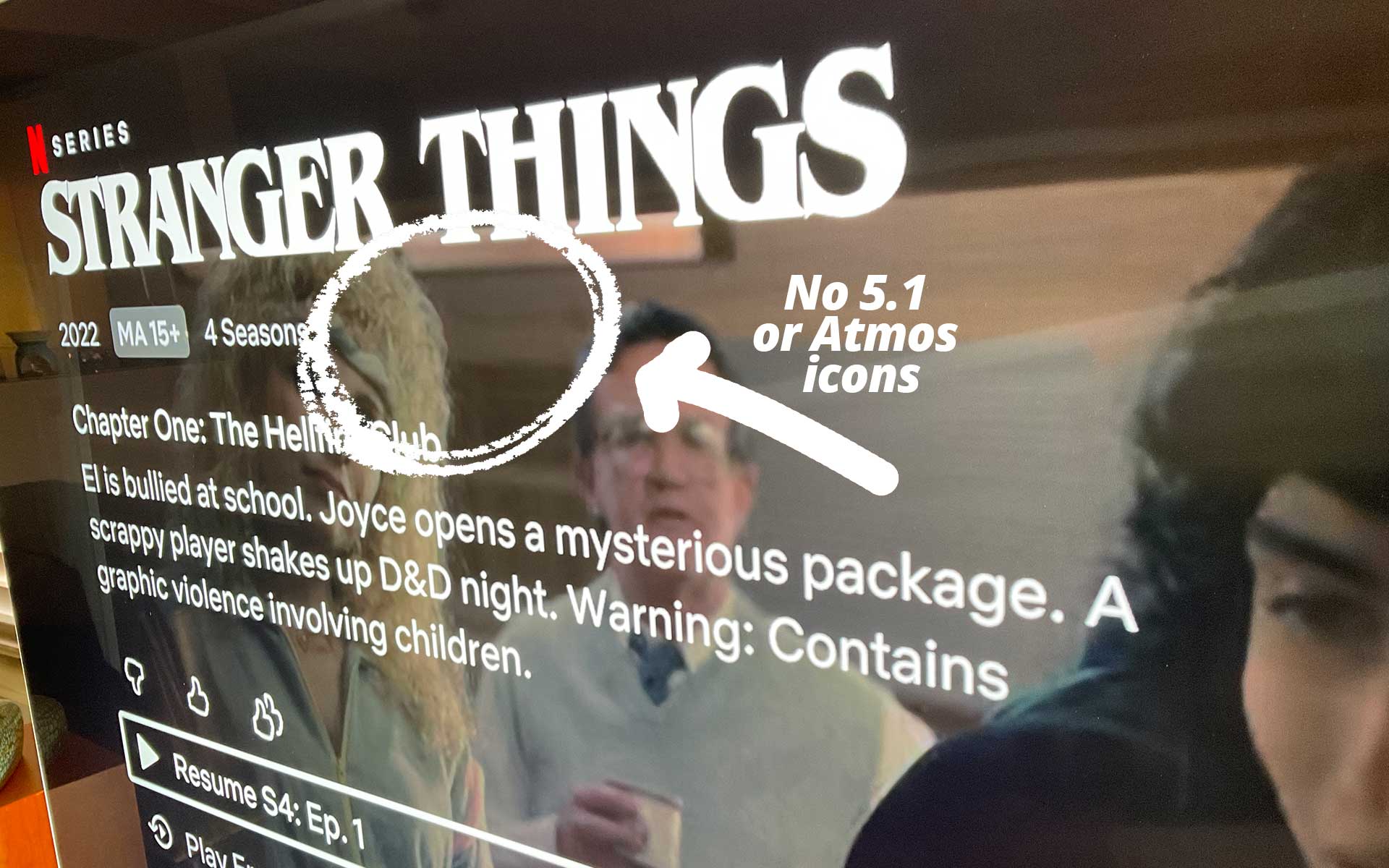
Back to stereo
You don’t have to change any settings to hear the Ambeo stereo – it’s now the default stereo track for the series on Netflix. But we suspect that for many of our Sound+Image readers, it may actually be difficult to access.
That's because the spatial audio stereo will only flow if your Netflix detects that your system cannot handle 5.1 or above. Since even most TVs will request the surround signal, it’s not immediately clear how one can access the stereo track.
A Netflix help pages is usefully clear on this: “If you see surround sound icons such as 5.1 or Dolby Atmos next to the title’s description, spatial audio will not be enabled because your device is requesting 5.1 or Atmos,” it says.
So that's an easy check. And to achieve it, we need to dumb down our receivers. As the help page notes: “Some televisions default to a 5.1 audio output setting which will disable spatial audio. If your equipment does not have surround sound speakers, it is recommended to change your device’s settings to stereo audio.”
We tried this, and at the same time we downgraded our Netflix subscription to the $10.99 Basic plan. Although Netflix’s tier information doesn’t say anything about sound formats, Basic doesn’t even grant you HD video, so we hoped it might limit us to stereo as well. It seemed to do so, as all the surround icons did indeed disappear (image above).
So then we played Stranger Things S4. The overall sound design of this show is fabulous anyway, and from what we presume to be the Ambeo stereo soundtrack it was all crisp, clear, and immersively wide-spreading, whether the wide left-to-right pan of a cartwheeling cheerleader in the Hawkins High gym, or a dog barking way off screen to the left at 23:00 when the mailman arrives.
While we did not, even through high-quality stereo speakers, experience an actual surround effect, there was certainly extreme width, and particularly a sense of space. In the pre-credit sequence of S4 E7, as the foursome heads away from the giant bats to the woods, the soundscape is absolutely massive, not only immersive in its width but also with a real sense of depth (and power) to the distant crimson thunderclaps.
And we were able to compare this directly with a standard stereo mixdown from 5.1. With an AppleTV 4K set to receive 5.1 and then play back in stereo, there was nothing like the openness and depth of sound we'd heard before. In direct comparison the stereo mixdown sounded dull and two-dimensional. We hate to use the term for audio, but it is appropriate here: the Ambeo soundtrack sounded far more ‘3D’.
So it’s a tick from us. And this is potentially no small contribution to audio. There are millions more stereo audio systems connected to Netflix than there are surround systems, so if you can upgrade stereo sound for all, that's quite something.
And meanwhile Sennheiser is no doubt hoping that Stranger Things S4 could do for Ambeo what it’s already done for Kate Bush...

Jez is the Editor of Sound+Image magazine, having inhabited that role since 2006, more or less a lustrum after departing his UK homeland to adopt an additional nationality under the more favourable climes and skies of Australia. Prior to his desertion he was Editor of the UK's Stuff magazine, and before that Editor of What Hi-Fi? magazine, and before that of the erstwhile Audiophile magazine and of Electronics Today International. He makes music as well as enjoying it, is alarmingly wedded to the notion that Led Zeppelin remains the highest point of rock'n'roll yet attained, though remains willing to assess modern pretenders. He lives in a modest shack on Sydney's Northern Beaches with his Canadian wife Deanna, a rescue greyhound called Jewels, and an assortment of changing wildlife under care. If you're seeking his articles by clicking this profile, you'll see far more of them by switching to the Australian version of WHF.
